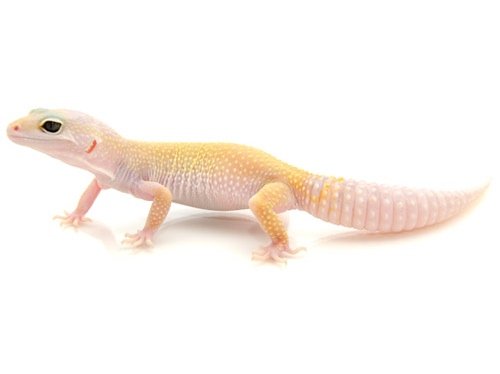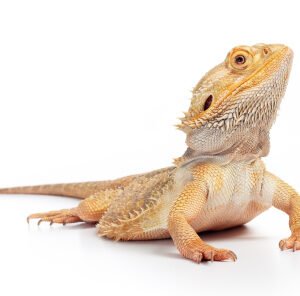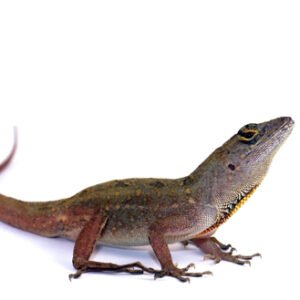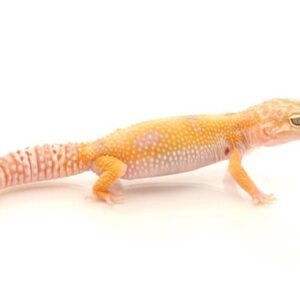Understanding Leucism in Leopard Geckos
leucistic leopard gecko , Leucism is a genetic condition that results in reduced pigmentation in various animal species, including leopard geckos. Unlike albinism, where there is a complete lack of melanin, leucistic individuals retain some pigments, leading to a unique appearance that distinguishes them from other morphs. In leopard geckos, leucism manifests as pale skin tones and reduced patterning, typically resulting in geckos that are primarily white or light-colored, often with subtle markings. This distinct coloration not only makes leucistic leopard geckos visually appealing but also highlights the diversity within the reptile hobby.
The genetic inheritance of leucism in leopard geckos is complex, as it is typically an incomplete dominant trait. This means that when a leucistic gecko is bred with a standard morph, the offspring can exhibit varying degrees of leucistic traits. Understanding this genetic transmission is essential for hobbyists who aim to produce specific morphs. Breeders should consider the potential outcomes of their breeding pairs, such as the ratio of leucistic to non-leucistic offspring, to ensure the continuation of these beautiful animals.
While leucistic leopard geckos are faced with unique breeding challenges, they also carry a significant place in the reptile community. Misconceptions regarding their care and genetic background often arise; for instance, some believe that leucistic geckos are inherently more fragile or require special environments. In reality, their care requirements are similar to that of other leopard gecko morphs, emphasizing the need for education among new and experienced keepers alike. Responsible breeding practices are crucial in preserving the genetic diversity of leopard geckos and preventing the unintended consequences of inbreeding. By prioritizing the health and well-being of these animals, enthusiasts can contribute to the sustainable future of leucistic leopard geckos in captivity.
Caring for Your Leucistic Leopard Gecko
Caring for leucistic leopard geckos requires attention to specific environmental, dietary, and health needs to ensure their well-being. The ideal habitat for a leucistic leopard gecko should be a terrarium that measures at least 20 gallons for one adult gecko. This space allows for adequate movement and exploration. When setting up the terrarium, it is essential to include a substrate that mimics their natural habitat, such as reptile carpet or paper towels, to avoid impaction risks associated with loose substrates. The temperature gradient within the terrarium should be managed carefully, with a warm basking area around 88-92°F and a cooler side maintaining around 75-80°F. A reliable thermometer should be placed in each zone to monitor temperatures effectively.
Diet plays a crucial role in the health of your leucistic leopard gecko. They are insectivores, and a balanced diet should primarily consist of various insects such as crickets, mealworms, and dubia roaches. It is advisable to feed them appropriately sized insects, ensuring that the prey is no larger than the width of the gecko’s head. Feeding should be done every other day for juveniles and up to three times a week for adults, with proper supplementation of calcium and vitamin D3. This supplementation is particularly important due to their sensitivity to UV light, which may lead to metabolic bone disease if not adequately absorbed through diet.
Regularly monitoring the health of your leucistic leopard gecko is vital. Pay attention to signs of stress or illness, such as lethargy, lack of appetite, or abnormal feces. Creating an enriching environment, maintaining clean conditions, and providing hiding spots to reduce stress will contribute to their long-term health. Regular maintenance, consisting of substrate changes and habitat cleaning, will help prevent disease and create a thriving space for your leucistic leopard gecko to flourish.





